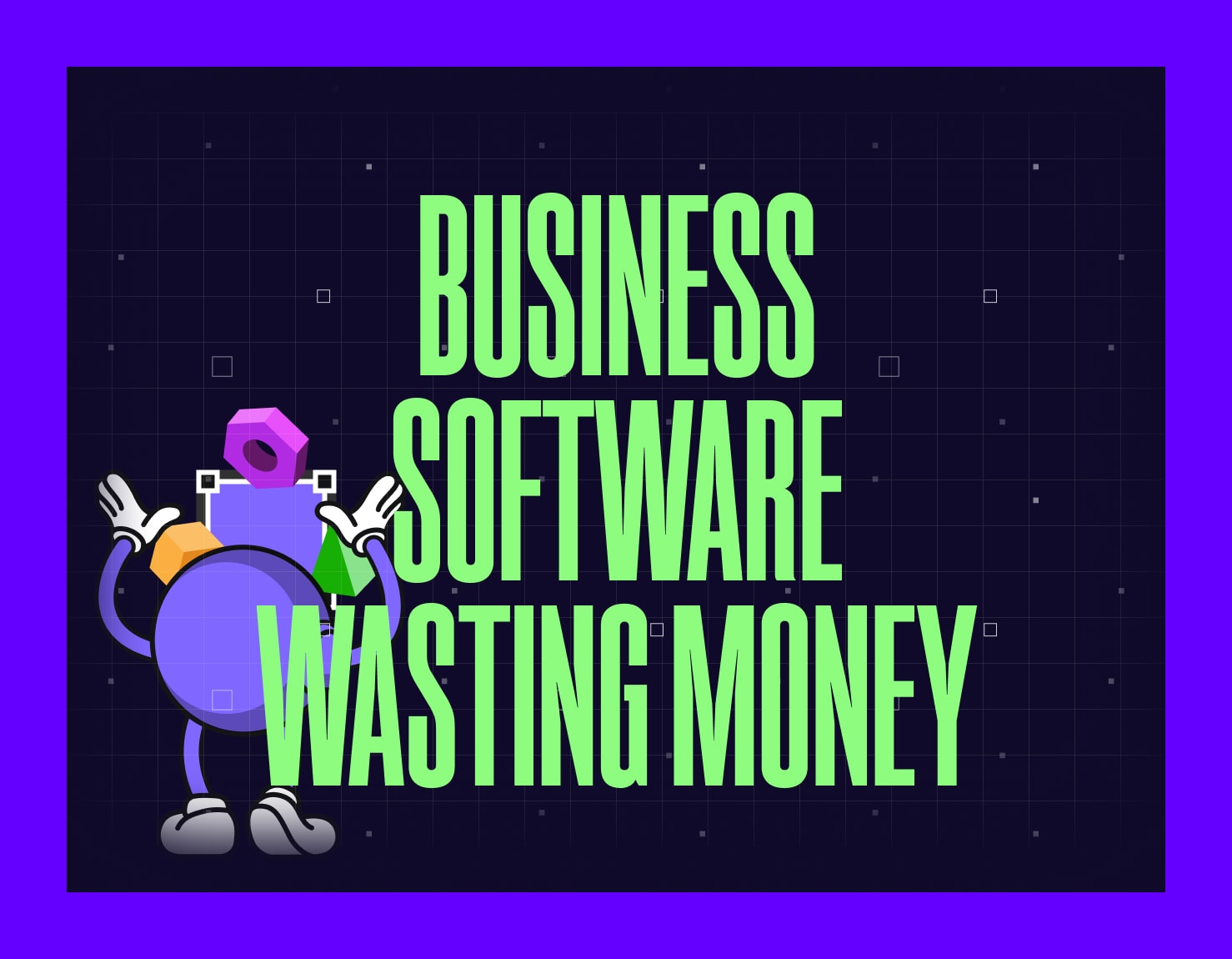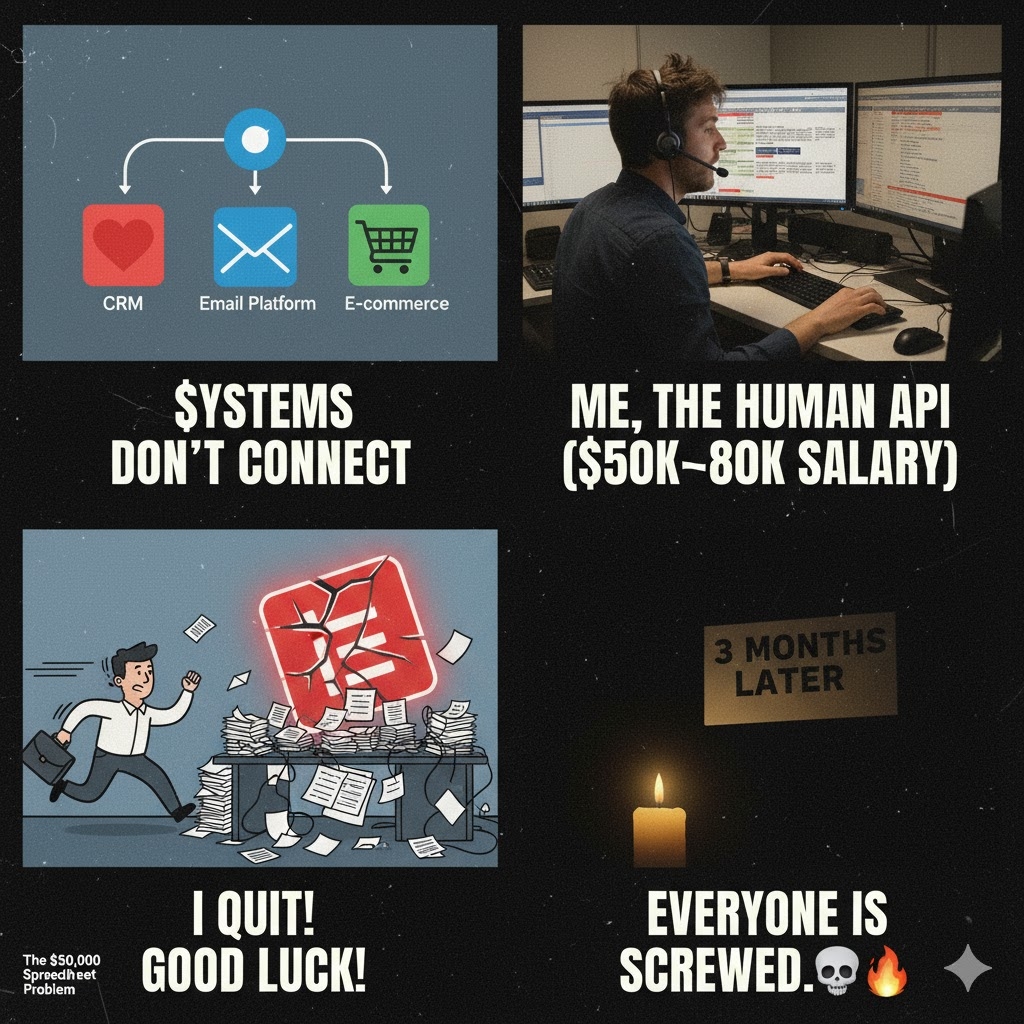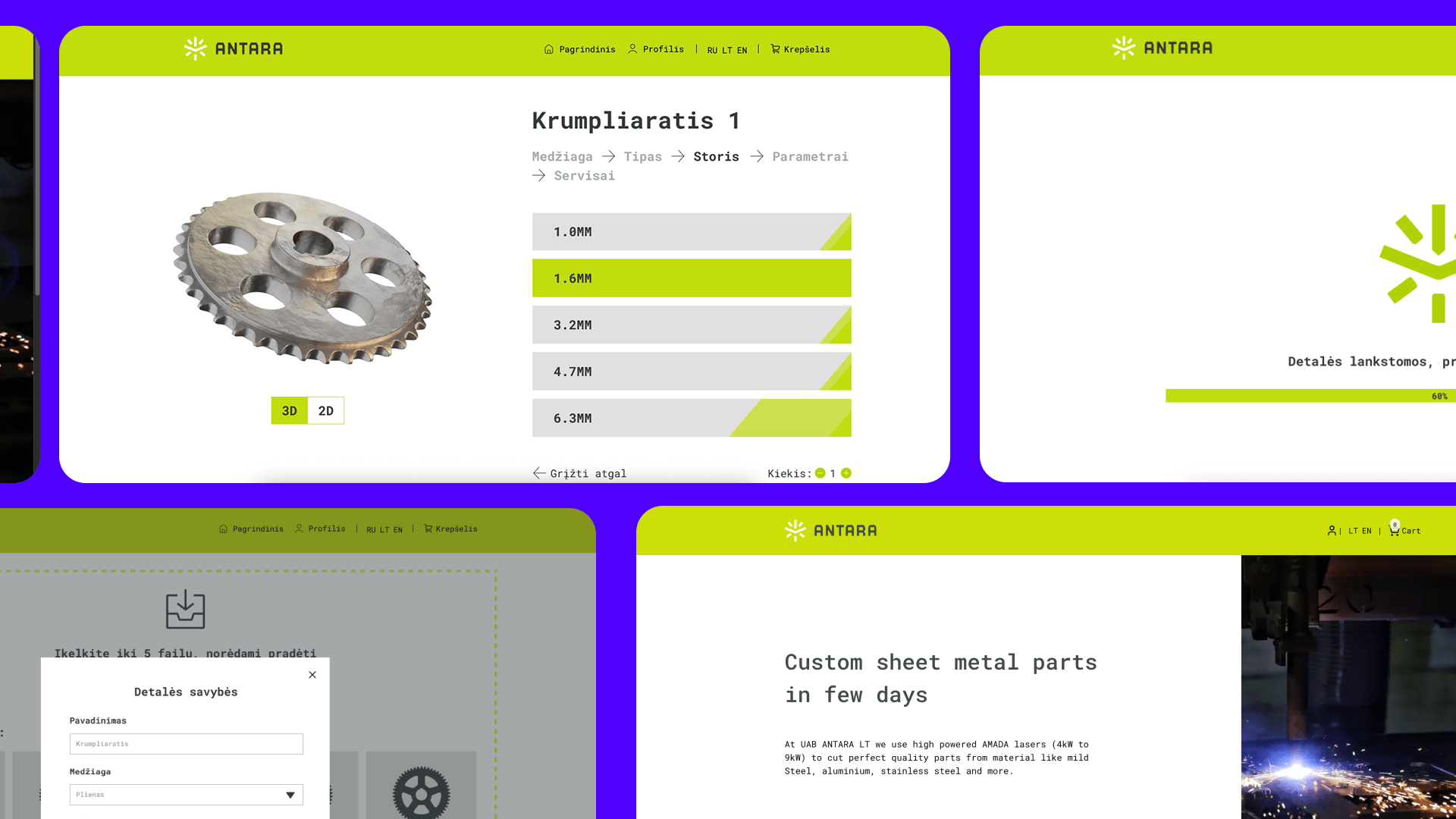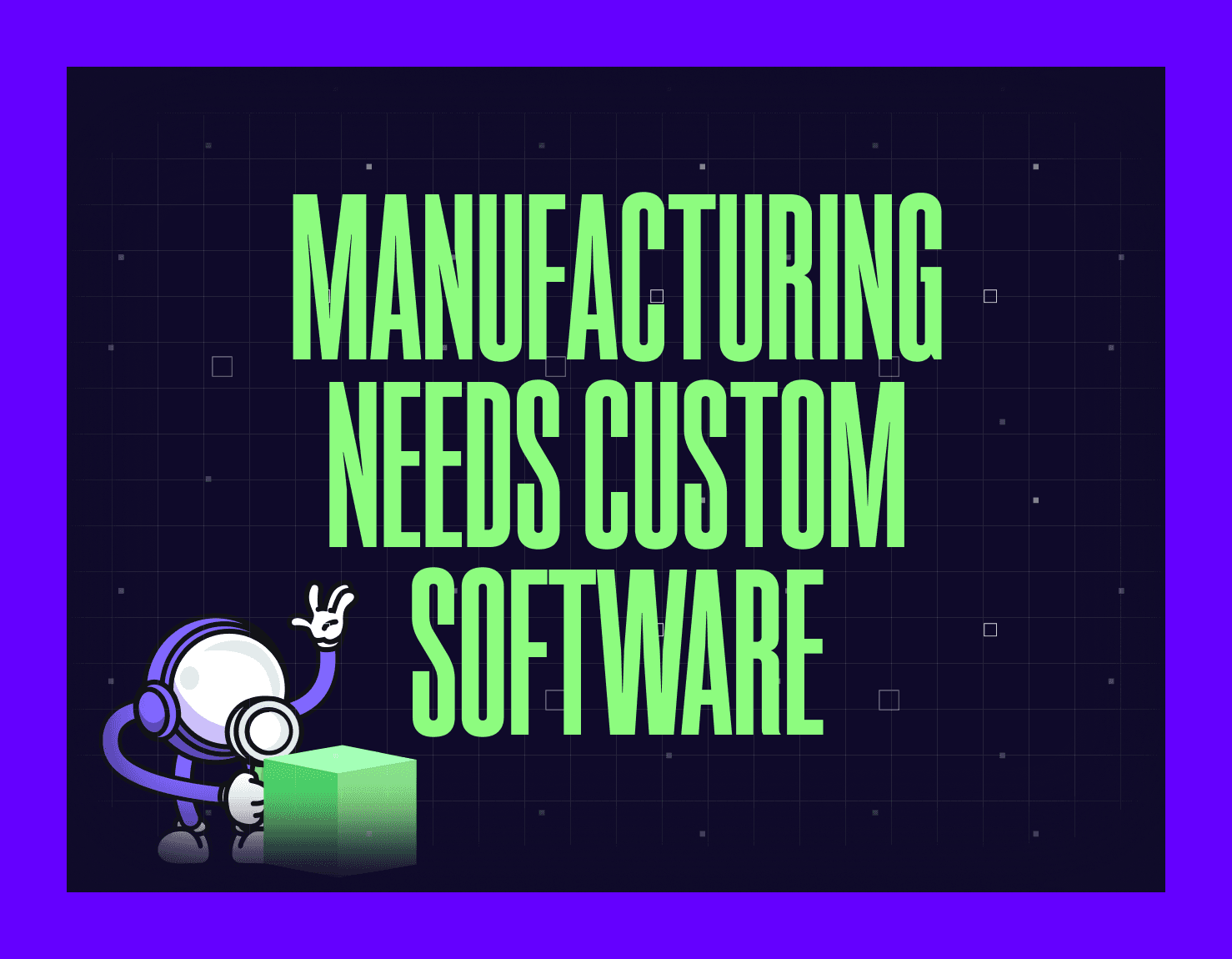Your Business Software Sucks and It's Costing You Money

Last Tuesday, Maria spent 3 hours creating a sales report. She exported data from Salesforce, cleaned it up in Excel, cross-referenced it with QuickBooks, then manually created charts in PowerPoint.
Three hours. For a report her boss needs every week.
When I asked why she doesn't just automate it, she laughed. "Our systems don't talk to each other. This is just how we do it."
This is insane. But it's also normal.
The $50,000 Spreadsheet Problem
Most businesses run on duct tape and prayer. You've got:
A CRM that doesn't connect to your email platform. Inventory software that can't talk to your e-commerce site. An accounting system that lives in its own universe. And somewhere, someone is maintaining a "master spreadsheet" that holds everything together.
That person is probably getting paid $50k-$80k to essentially be a human API. They copy data from System A to System B all day. Every day.
What happens when they quit? You're screwed for about three months until the next person figures out the system.

What Actually Happens When Software Doesn't Fit
Here's a real example. A manufacturing company I talked to had this workflow:
Customer orders come in through their website. Someone prints the order (yes, prints it) and walks it to the warehouse. Warehouse guy manually enters it into their inventory system. Then someone else enters it into their production schedule. Then accounting manually creates an invoice.
One order = four people touching it = at least 30 minutes = lots of room for errors.
They lost a $200k client because an order got lost between the website and the warehouse. Just... disappeared. Nobody knew it existed for three weeks.
They called us asking if we could "maybe make the systems talk to each other somehow."
We built them something where orders flow automatically from website → inventory → production → invoicing. The whole thing happens in under 30 seconds. No printing. No manual entry. No lost orders. Check full story
Cut their order processing time by 90%. Freed up three people to do actual work instead of data entry.
Cost them about $40k to build. Paid for itself in four months.

When Generic Software Doesn't Cut It
Off-the-shelf software is built for everyone, which means it's perfect for no one.
You end up with software that's 80% features you don't need and missing the 20% you actually want. So you start using workarounds. Creating complicated Excel macros. Training people on 17-step processes.
"Just click here, then go to this menu, then export this, then upload it here, but make sure you format it first..."
Or you pay for expensive enterprise software that technically does everything but requires six months of training and a full-time admin to maintain. And it still probably doesn't do that one specific thing your business needs.
What We Actually Build
Custom software is just... software that does what you need. Shocking concept.
A logistics company needed to track trucks in real-time and optimize routes based on traffic, weather, and delivery windows. That's too specific for generic software. We built them a system that does exactly that. Their delivery times dropped 25% in two months.
A dental practice wanted patients to book appointments, get reminders, fill out forms, and receive aftercare instructions without anyone at the front desk lifting a finger. We built it. Their front desk staff went from drowning in admin work to actually helping patients.
An online retailer was manually tracking inventory across three warehouses using spreadsheets updated by different people in different time zones. Orders were getting oversold or undersold constantly. We built them a centralized system where inventory updates instantly across all channels. Overselling dropped to nearly zero.
None of these businesses needed "enterprise software solutions." They needed specific tools that solved specific problems.
The Math That Actually Matters
Let's say you're paying $500/month for Salesforce, $300/month for marketing automation, $200/month for project management, and $150/month for various other tools. That's $1,150/month or $13,800/year.
Now add the hidden costs:
Your team spends 10 hours/week on manual data entry and workarounds. At an average of $30/hour, that's $15,600/year in wasted labor. Software subscriptions + wasted time = $29,400/year.
Custom software that actually fits your business might cost $40,000-$60,000 upfront. But you own it. No monthly fees. And your team stops wasting time.
Break-even is somewhere around 18 months. After that, you're just saving money every month.
Plus, you can actually make better decisions because your data isn't scattered across six different systems.
What Makes Sense (What Doesn't)
Not everyone needs custom software. If you're a freelancer or small startup with straightforward needs, use off-the-shelf tools. They're fine.
But if any of this sounds familiar, we should talk:
Your team complains about how long routine tasks take. You can't get simple answers to basic business questions without someone spending hours pulling data. Your systems don't integrate and it's causing errors or delays. You've outgrown your current software but "enterprise" solutions are overkill and too expensive. You have a specific workflow that generic software can't handle.
The test: if you've ever said "I wish this software could just..." and the answer is "it can't," that's a sign.
How We Work (The Honest Version)
Mygom.tech isn't interested in building you complicated software you don't need. We want to understand what's actually slowing you down, then build something that fixes it.
We start by watching how your team works. Not asking, watching. Because people will tell you their process, but they often leave out the painful workarounds they've normalized.
Then we build something that eliminates those workarounds. We focus on making your team's lives easier, not impressing you with features.
And when your business changes, we adjust the software. That's kind of the whole point.
The Real Question
Do you want your team spending time on work that grows your business, or on copying data between systems?
If the answer is the former, maybe it's time to stop fighting with your software.
Get in touch and let's figure out what's actually slowing you down.

Justas Česnauskas
CEO | Founder
Builder of things that (almost) think for themselves
Connect on LinkedIn
